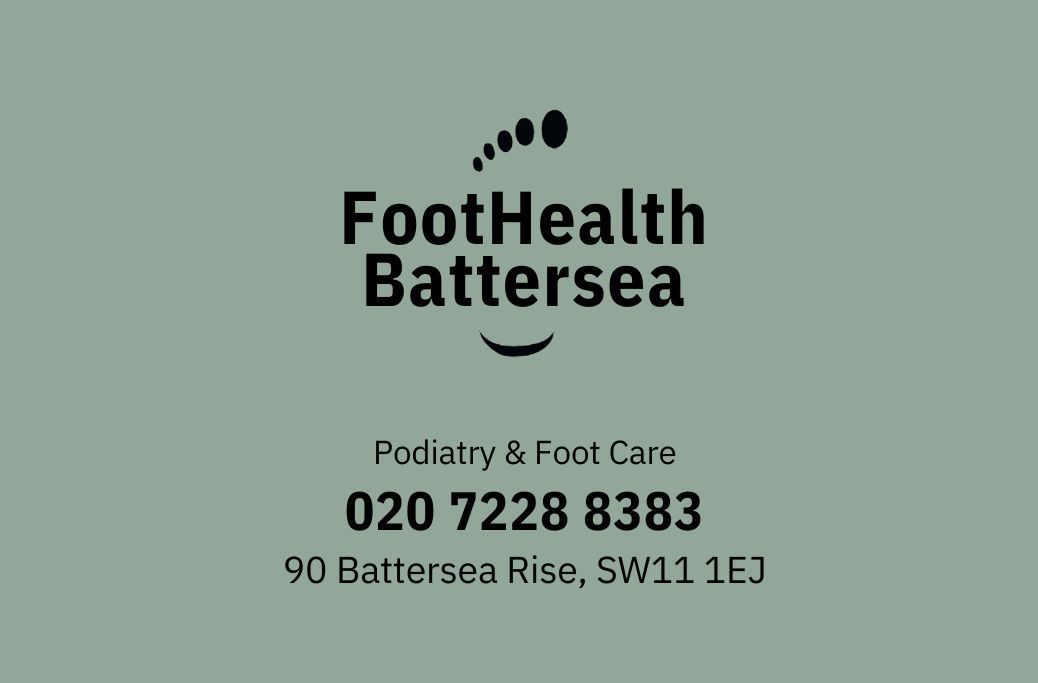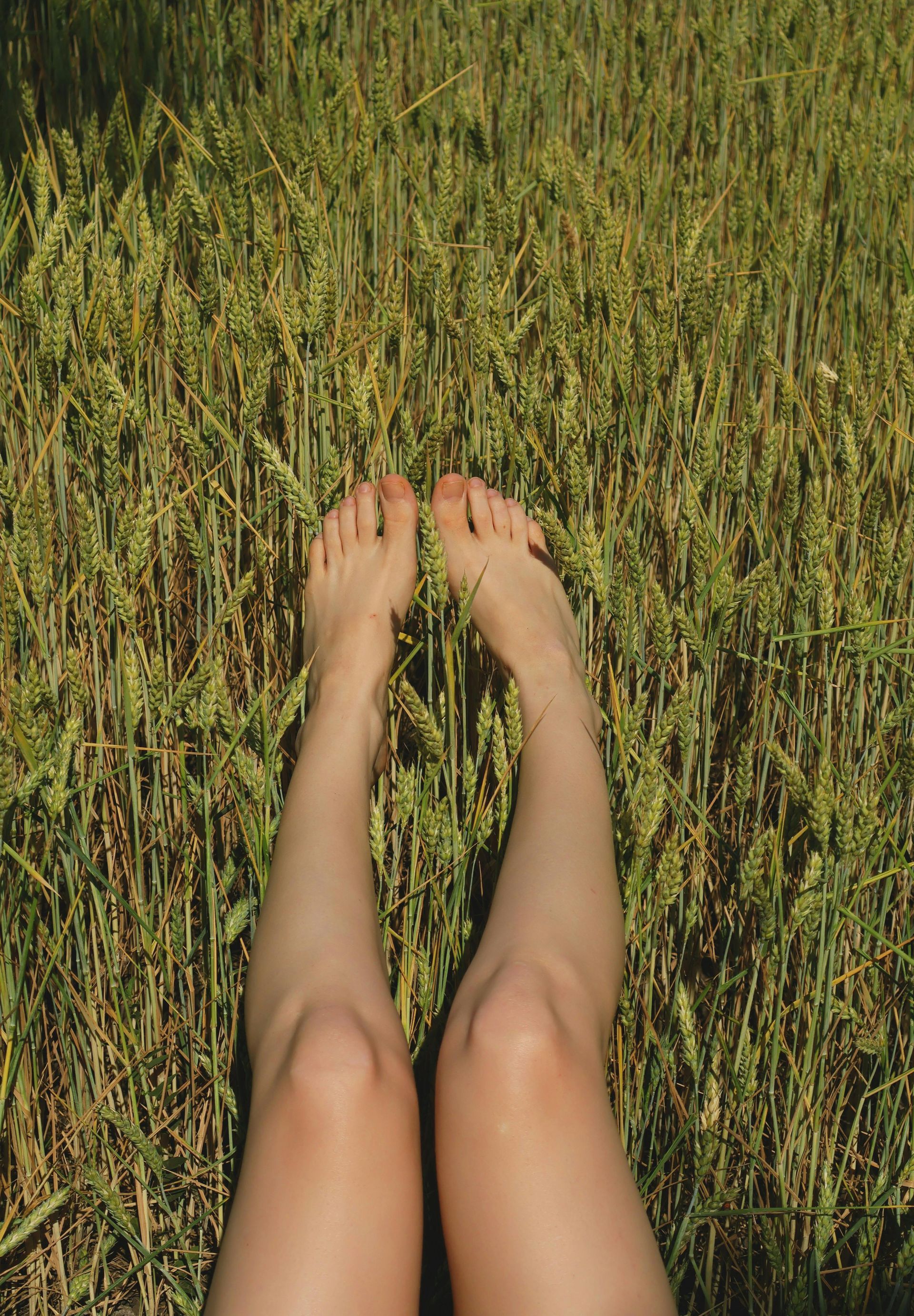020 7228 8383 info@foothealthbattersea.co.uk
How Diet Impacts Lower Limb Health
How Diet Impacts Lower Limb Health
The Importance of a Well Rounded Daily Diet

A healthy diet contributes to overall wellness, and its effects can be particularly significant for the lower limbs.
One of the key ways nutrition affects this area is through inflammation reduction. Many individuals experience joint pain, especially in the knees and ankles.
Consuming foods that are high in anti-inflammatory properties can help alleviate discomfort and support recovery from injuries.
Bone health is another crucial aspect. Our bones need essential nutrients to maintain their density and strength. A well-rounded diet rich in specific vitamins and minerals is vital for preventing conditions like osteoporosis, which can lead to fractures and long-term mobility issues.
Additionally, adequate protein intake is essential for muscle repair and growth. Muscles in the legs and lower body are involved in virtually all movements, so supporting their health through diet can enhance overall function and stability.
Furthermore, good circulation is vital for lower limb health. Certain foods can improve blood flow, reducing the risk of conditions such as varicose veins or deep vein thrombosis, which can arise from poor circulation.
Key Foods for Lower Limb Health
When it comes to specific foods that support lower limb health, a variety of options are available, many of which can be found easily in the UK.
Fatty fish such as salmon, mackerel, and sardines are excellent choices. They are rich in omega-3 fatty acids, which have been shown to help reduce inflammation throughout the body. Including these in your diet a few times a week can provide significant benefits.
Leafy greens like spinach, kale, and broccoli are nutritional powerhouses. They are packed with vitamins A, C, and K, along with minerals such as calcium and magnesium. These nutrients play a crucial role in maintaining bone health and reducing inflammation.
Nuts and seeds, particularly almonds, walnuts, and chia seeds, provide healthy fats, protein, and fiber. They are great for muscle recovery and also help combat inflammation. A handful as a snack or added to meals can make a big difference.
Whole grains like brown rice, quinoa, and wholemeal bread are excellent sources of fiber and complex carbohydrates. These foods not only help maintain a healthy weight—thereby reducing stress on the lower limbs—but also provide sustained energy for physical activities.
Berries, including blueberries, strawberries, and raspberries, are rich in antioxidants that combat oxidative stress in the body. Their anti-inflammatory properties can help soothe aching joints and support overall health.
Legumes such as lentils, chickpeas, and various beans are fantastic sources of plant-based protein and fiber. They contribute to muscle health and can help regulate weight, making them ideal for maintaining lower limb wellness.
Citrus fruits like oranges, lemons, and grapefruits are high in vitamin C, which is essential for collagen production. Collagen is a vital protein that supports joint health and the integrity of connective tissues.
Dairy products, including low-fat milk, yogurt, and cheese, provide calcium and vitamin D—both critical for maintaining bone strength. Incorporating these into your diet helps ensure your bones remain healthy and strong.
Turmeric is a spice with powerful anti-inflammatory properties, often used in curries and soups. Adding turmeric to your meals can enhance their flavor while providing health benefits, making it a simple addition to your diet.
Practical Tips for Incorporating These Foods
Staying hydrated is also important for maintaining lower limb health. Drinking plenty of water aids in circulation and keeps joints lubricated, which can prevent stiffness and discomfort.
It’s wise to limit processed foods, especially those high in sugar and unhealthy fats, as these can increase inflammation and contribute to weight gain, which places additional stress on the lower limbs.
Portion control is crucial. Maintaining a healthy weight helps alleviate excess pressure on the joints and muscles of the legs, promoting better mobility and overall health.
Cooking at home with fresh ingredients allows you to control what goes into your meals, making it easier to incorporate these healthy foods. Exploring local markets for fresh produce can also lead to discovering seasonal foods that are not only nutritious but also support local agriculture.
In summary, adopting a diet rich in anti-inflammatory, nutrient-dense foods can significantly improve lower limb health. By focusing on whole, unprocessed foods and ensuring a good balance of protein, healthy fats, and essential vitamins and minerals, you can enhance mobility, reduce the risk of injury, and promote overall well-being.
For those in the UK, embracing local, seasonal foods can make this journey even more enjoyable and sustainable.
Read More from our Blog
FootHealth Battersea Blog Spot
Can FootHealth Battersea assist you?
Our customers share the best stories! Discover why Foothealth Battersea is the preferred Podiatry clinic in South West, London.












